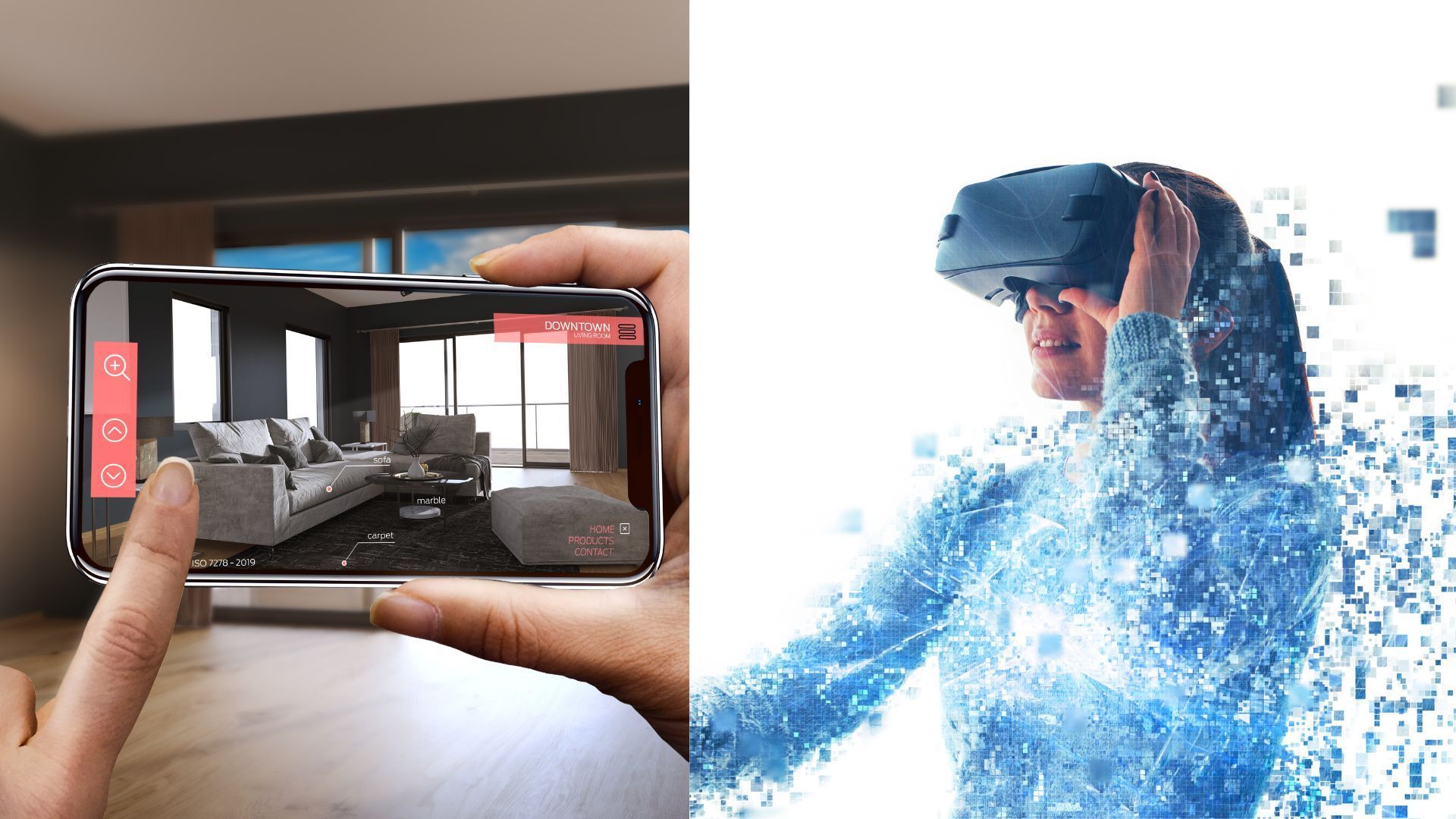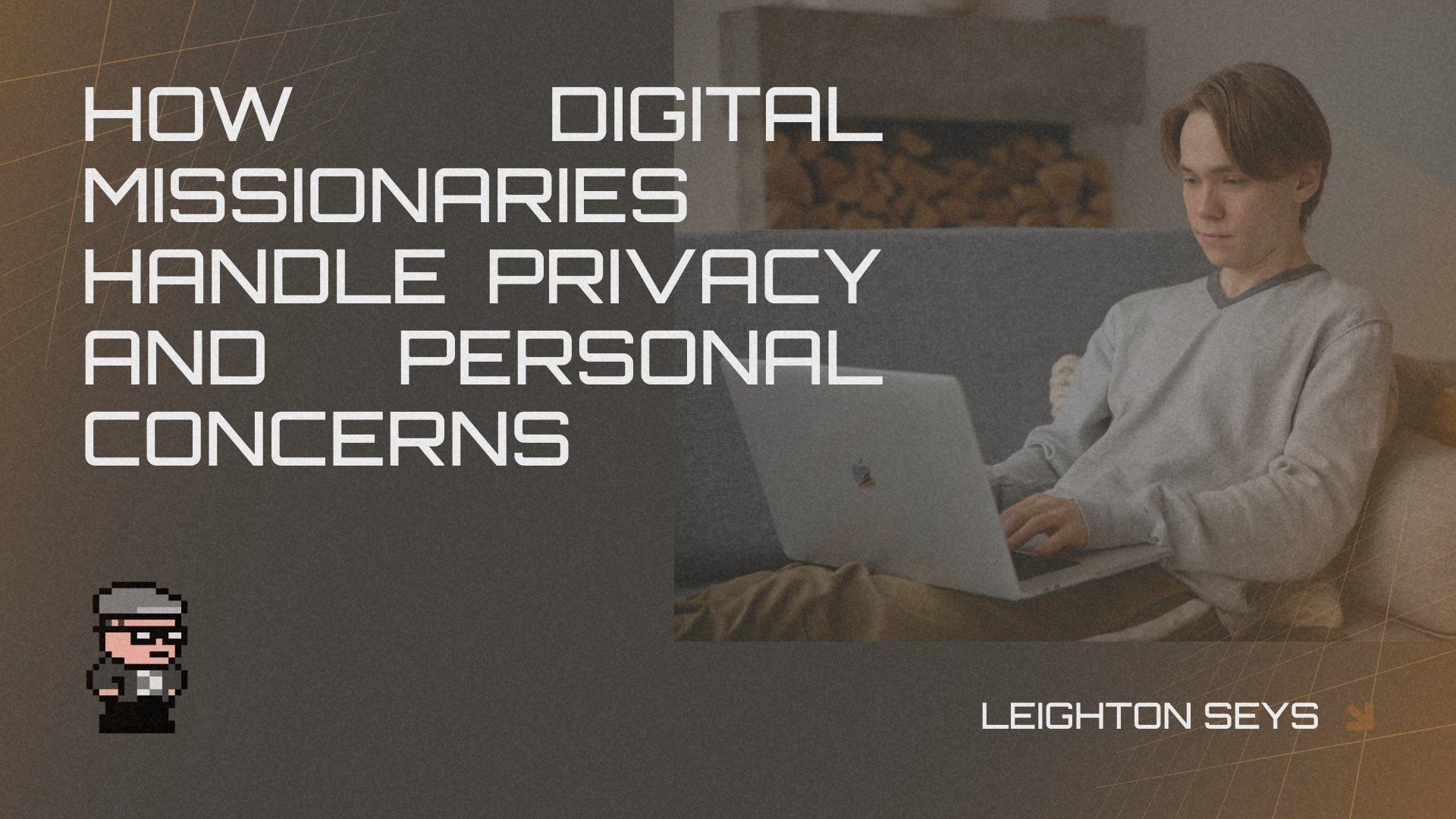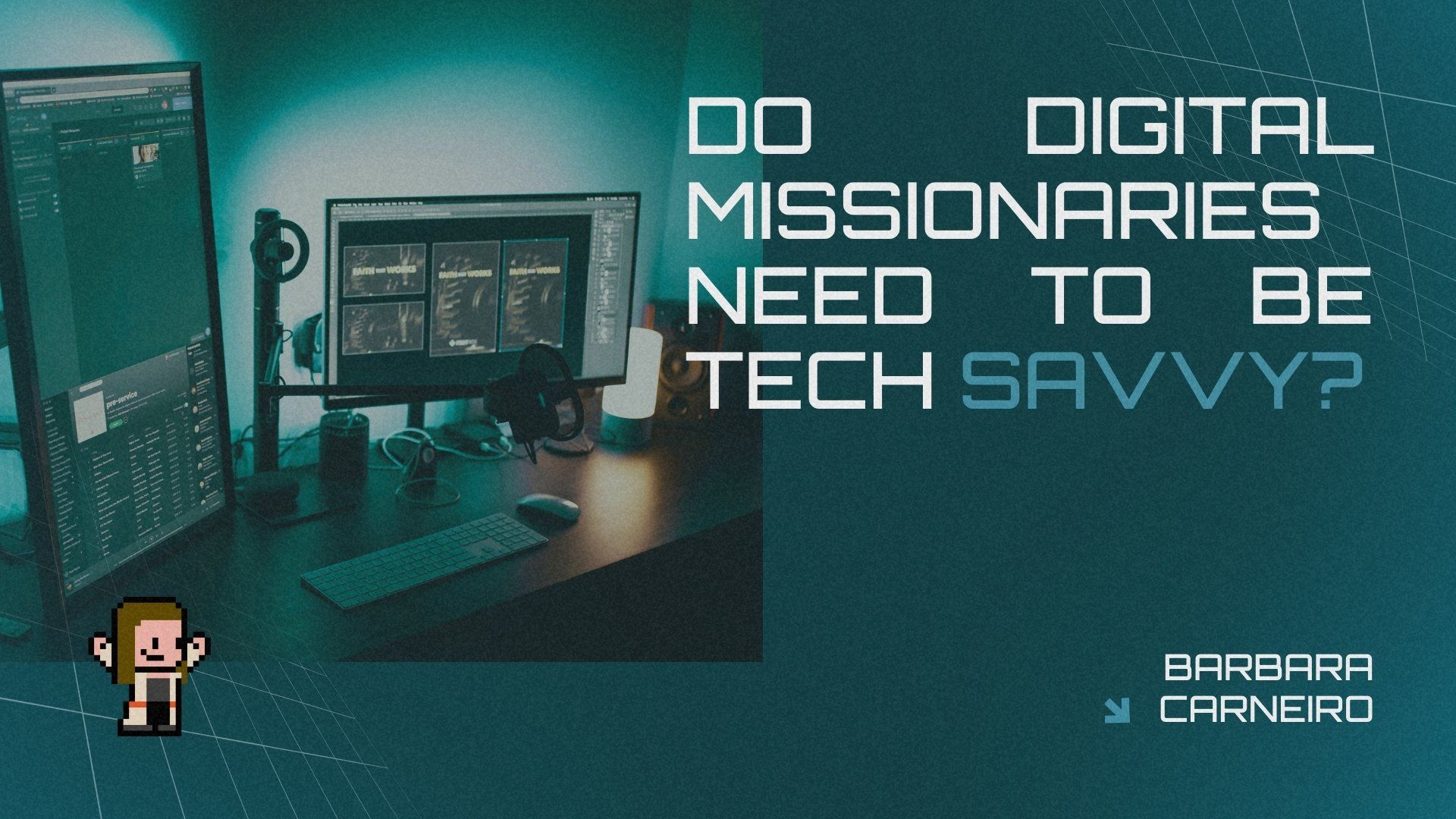The Differences between AR and VR for Ministry

Apple created a lot of buzz when they announced their Apple Vision Pro in June. However, even before the announcement, there has been a lot of talk about AR and VR. While VR and the Metaverse have had more publication about it in the past few years, AR has been around since the late 1960s. In fact, the term Augmented Reality was coined in 1990 by a Boeing researcher named Tom Caudell.
Even though Augmented reality (AR) and virtual reality (VR) may seem similar, they differ in several ways. One of the main differences is that v irtual reality allows people to place themselves in virtual settings using their smartphones or virtual reality glasses. In contrast, augmented reality enhances real-life with technologically created elements. Thus, it allows using technology to place virtual images in a person’s house settings. But there are other differences between the two.
How are AR and VR different?
Environment:
In AR, users experience the real world with digital enhancements overlaid on it. It adds virtual elements to the real environment, blending the two together. It does not fully replace your view of the real world. VR, on the other hand, creates a completely immersive, simulated environment where users can interact with and explore a computer-generated world.
Immersion Level:
AR provides a partial immersion by augmenting the real environment, allowing users to interact with digital elements while still being aware of their physical surroundings. VR is complete immersion, blocking the user's view of the real world and replacing it with a simulated one.
Devices:
AR experiences can be accessed through a variety of devices such as smartphones, tablets, smart glasses, or heads-up displays. VR typically requires a dedicated headset, which covers the user's eyes and often includes motion tracking sensors and handheld controllers.
Purpose:
AR is primarily used to enhance the real world with additional information, graphics, virtual objects, providing practical applications like navigation, gaming, education, or marketing. VR, on the other hand, is mostly used for entertainment, simulations, training, and creating immersive experiences.
How can AR and VR be used for Ministry
- AR technology can be used as an interactive tool to enhance Bible readings or studies. This could includee animations, 3-D models and videos while someone is reading through the Bible or participating in a study.
- AR can offer interactive guides to Biblical landmarks and cities that are talked about in the Bible to give people a better understanding of what it looked like then verses now.
- Host a Church Service in VR. Choose a metaverse platform like VRChat or Spatial to host a simple virtual service where you engage attendees with immersive bible studies, preaching, and multiplayer worship experiences.
- Counsel in VR. Yes, you can do counseling in VR. Just like any other ministry, there are plenty of ministry opportunities in VR, including counseling. See how you can do VR counseling in this podcast episode.
- Build Community. One of the biggest ways to build community in the Church is through life groups and small groups. That is possible in VR as well. See how you can develop small groups in VR as Stunami and Goose talk about their experiences.
Conclusion
While so people may confuse AR and VR, there are some distinct differences between the two. To put it simply, AR adds to the real world whereas VR completely replaces it. One thing is for certain is that both platforms will continue to change, evolve and become more mainstream over time. As they do, it's best to stay connected to the Church Digital as we will continue to explore and discuss the ministry implications of both. Both have tremendous ministry opportunities.
What do you think? What are some other differences between AR and VR and how are you using them for ministry? Share your ideas below or on social media.
Through the Digital Church Network we are helping physical and digital churches better understand the discipleship process, and helping churches and church planters understand this and other decentralized mindset shifts. Joining the DCN is free and be encouraged!
Looking for a Coach or Guide to help you with social media and other digital ministry tools, take this quick survey and connect today.
What do you think? Share your ideas on Discord or on social media.
Through the.Church.digital, we are helping physical and digital churches better understand the discipleship process, and helping churches and church planters understand this and other decentralized mindset shifts. By taking this quick assessment we can get you connect with a coach, resources and more. Also, check out our Discord Group where we are encouraging people daily.
























